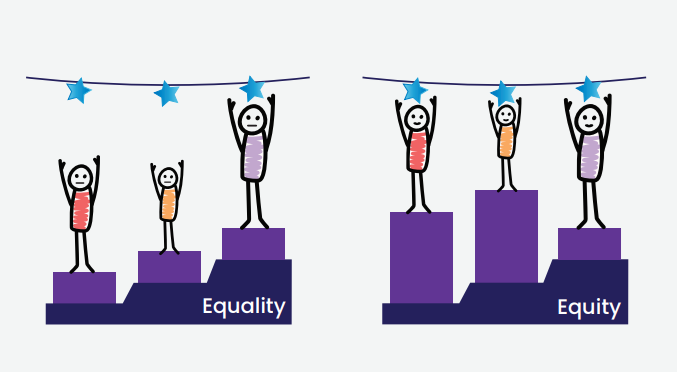The New Worlds Reading Initiative and Our Vision for Florida to Become the Most Literate State in the Nation

By: Dr. Paige Pullen, Chief Academic Officer at the UF Lastinger Center for Learning When I returned to my alma mater and took on my position at the Lastinger Center in 2017, I presented a case for what I call “a vision for a literate Florida.” My goal, then and now, is to help Florida become number one in the country in terms of literacy rates. For us to realize this goal, what does it take? This task takes more than providing our teachers with the training and resources they need through our higher education system, and it transcends beyond our schools. It takes a comprehensive ecosystem of all of our Florida communities working together to support our students at every touchpoint. In 2021, we worked with Florida House Speaker Chris Sprowls to start the New Worlds Reading Initiative as one such effort to help us reach this goal and bridge the gap between school and home learning. Created to support K-5 th grade students not yet reading on grade level, New World Reading provide


